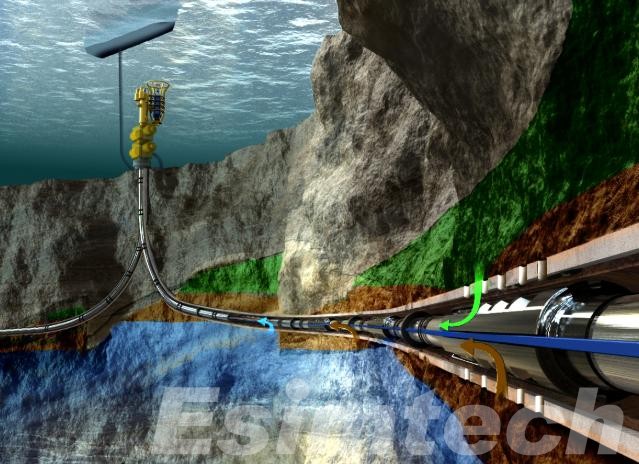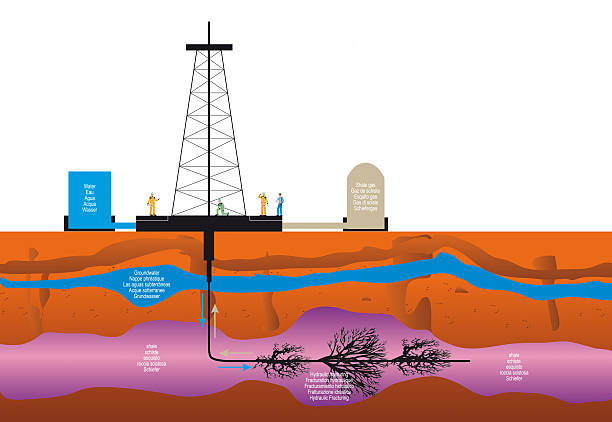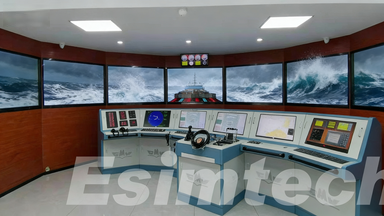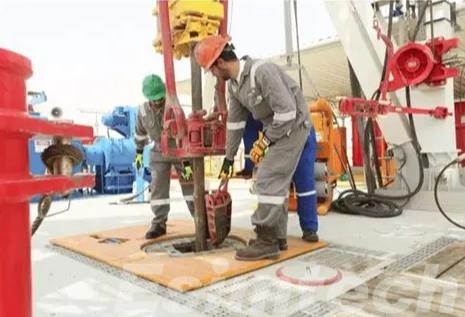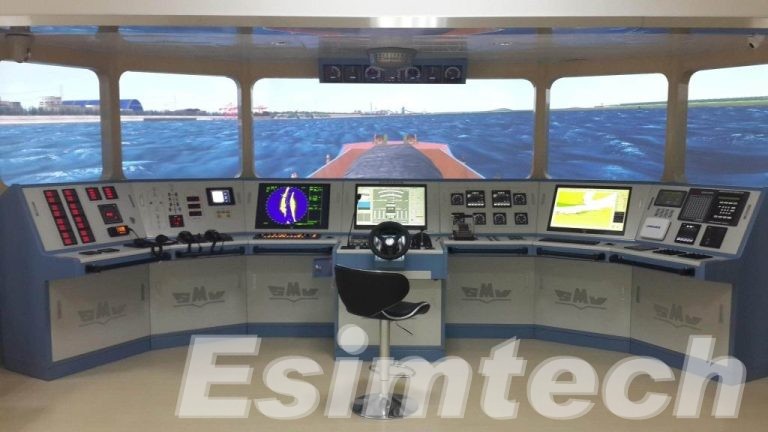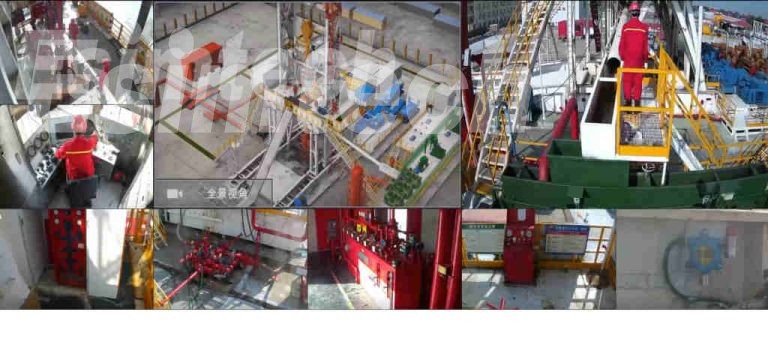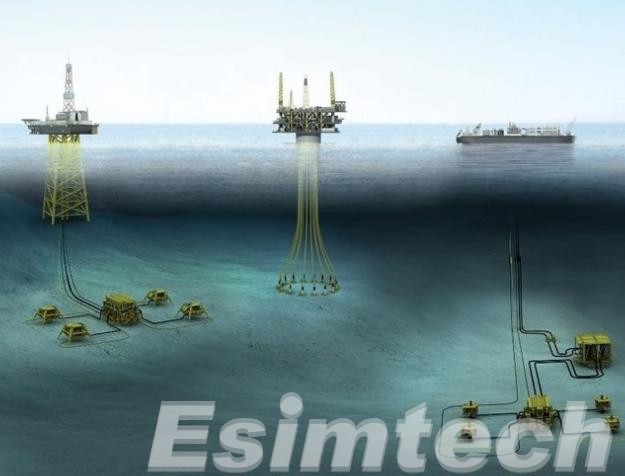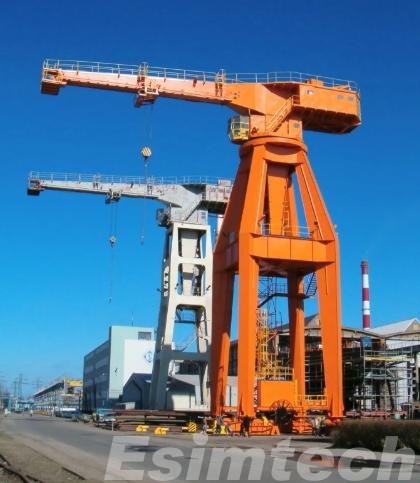What Operational Risks Can be Reduced by Coiled Tubing Simulators?
Coiled tubing operations are characterized by strict tolerances, constantly changing well conditions, and very little margin for error. With the increasing size, length, and complexity of wells, operational risks cannot be regarded as technical issues—they will influence safety, cost control, and project delivery in a direct manner. Using a coiled tubing simulator gives one the opportunity…

